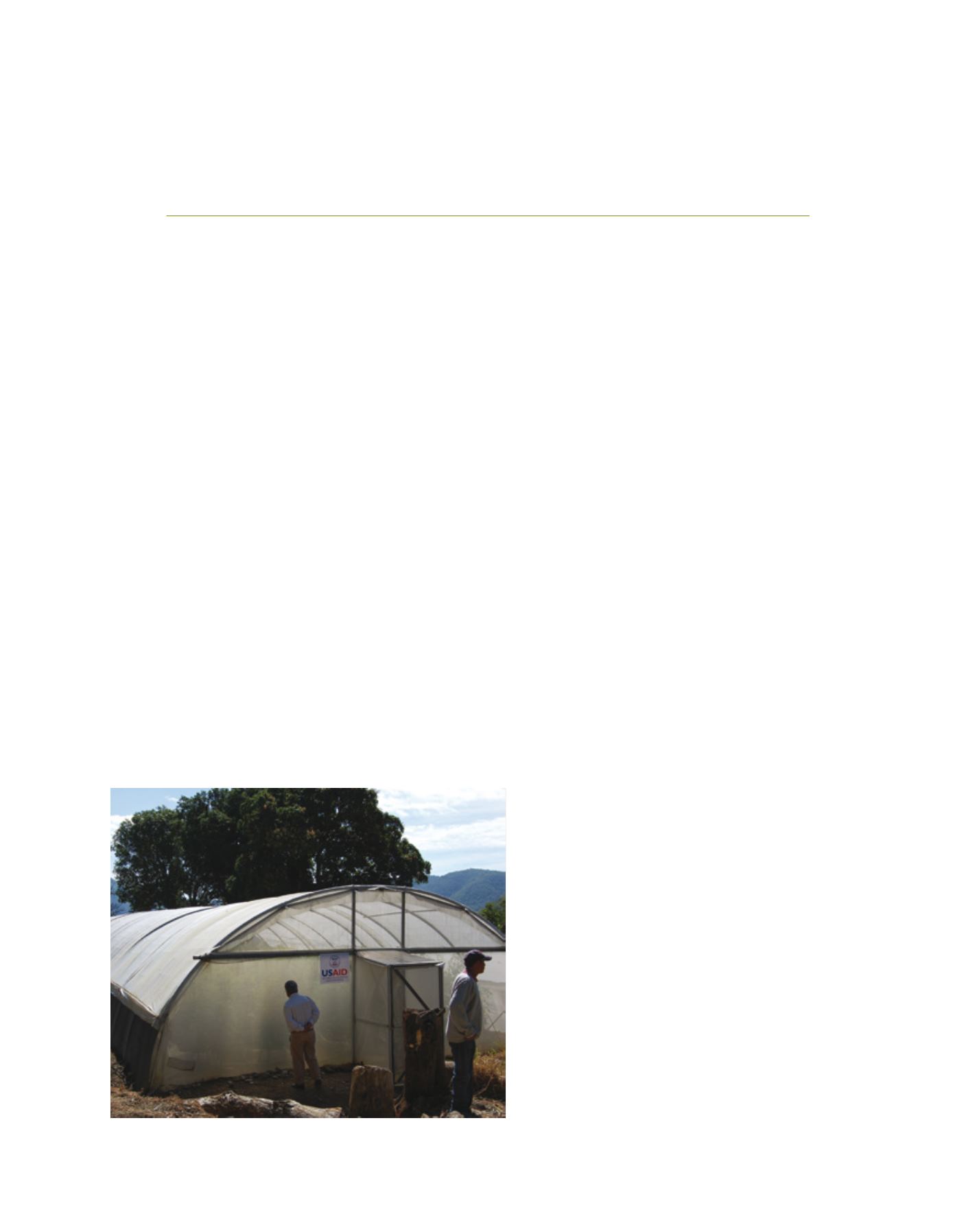

[
] 134
Water and development: a history of
cooperation in the Dominican Republic
Fernando Rivera Colinton, Researcher, Centre for the Sustainable Management
of Water Resources in the Caribbean Island States, National Water Research Institute (INDRHI)
W
ater cooperation and conflict over water use must have
begun in the Dominican Republic (DR) with the arrival
of the Spanish conquerors in the fifteenth century.
However, the development of modern water exploitation and coop-
eration began in the late nineteenth century when one Spanish
man, Juan Caballero, initiated the construction of an irrigation
channel in the south. At the beginning of the twentieth century Luis
L. Bogaert, of French origin, built the first channel with technical
criteria in the north-west region. In 1917 an American company
began the construction of an irrigation system in the south, which
later became the first irrigation district in DR. Before this point, the
private sector had been the main constructor of infrastructure for
water use. In 1924 the state began to develop its water sector, and
most of the country’s channels and dams were built using internal
financial resources between then and the late 1970s.
Cooperation programmes
During the 1980s DR, like most Latin American and Caribbean coun-
tries, experienced economic constraint. The irrigation system was
inefficient, with low crop productivity and deterioration of the infra-
structure due to neglected maintenance as a result of lack of funds. As a
consequence the Government, in collaboration with bilateral andmulti-
lateral agencies, decided to organize water user associations and transfer
to them responsibility for rebuilding the infrastructure of
the irrigation systems. The first project of this type began
in 1987. It was financed by the United States Agency for
International Development with the technical assistance of
Utah State University in two pilot areas: Ysura in the south
and Ulises Francisco Espiallat in the north. This project
was followed by others, giving birth to a programme that
was extended to all irrigated areas.
Some of the key projects implemented during this
time include:
• the AGLIPO I and AGLIPO II Agricultural
Development Projects and the Project for
Technological Improvement of Irrigated Agriculture,
financed by the Japan Bank International
Corporation with the technical assistance of the
Japan International Cooperation Agency
• the San Juan Agricultural Development Project,
aided by the Inter-American Development Bank
(IDB) and IEDF
• the Irrigated Land and Basin Management Project,
funded by the World Bank
• the Management Program for Irrigation Systems for
Water User Associations, funded by IDB
• the Program for Reconstruction and Improvement
of Damages of Hurricane George, funded by IDB.
DR has received cooperation in water education and
institutional development and in water cooperation,
sustainability and poverty eradication from many other
institution and organizations, both national and inter-
national, including the German Technical Cooperation;
the USA Corp of Engineers; Brigham Young University,
USA; and organizations from Israel, Holland, Mexico,
Chile, Brazil and Spain.
One of the most interesting examples of water educa-
tion, cooperation and institutional development is the
Water Culture Program initiated in 1997 with the main
objective of raising awareness about the importance of
water preservation among the population. In order to
create this programme an inter-institutional agreement
was signed between all the institutions in the DR water
sector and some in the educational sector. These included
the Water Resources National Institute, the Secretary of
State for Education, Fine Arts and Culture, the Secretary
of State for Health and Welfare, the National Institute of
W
ater
E
ducation
and
I
nstitutional
D
evelopment
The country now produces more than 80 per cent of the food it needs
Image: José Del Carmen Cabrera


















